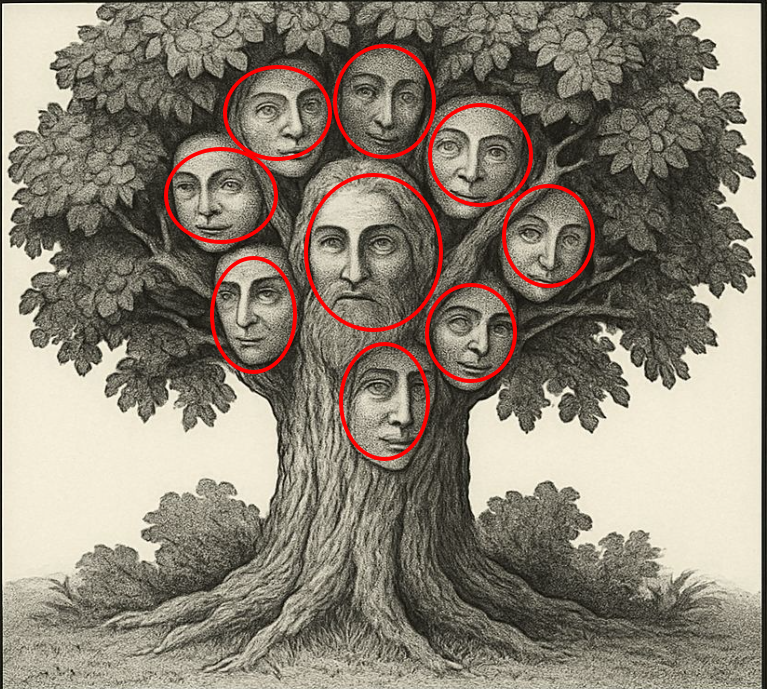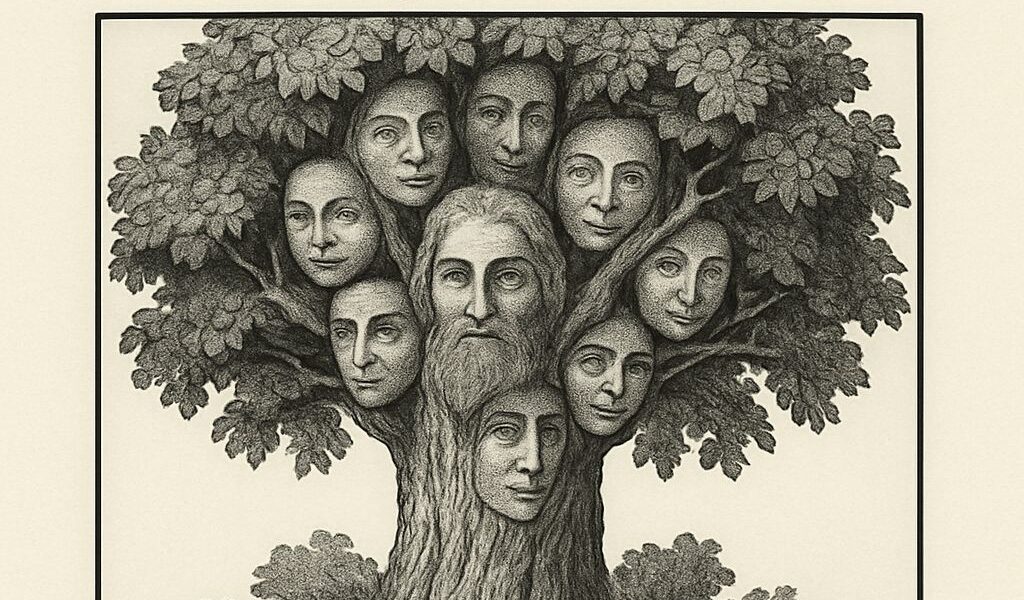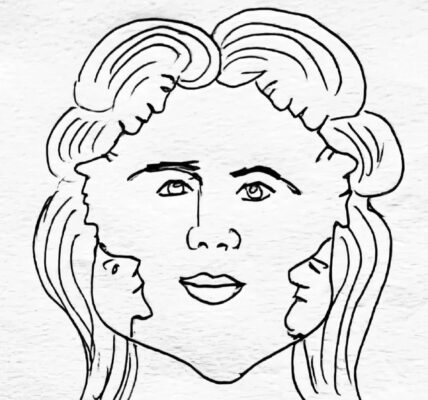Unveiling the Hidden Faces in Nature: A Deep Dive into the Art of Visual Illusions
Introduction to Hidden-Face Illusions
Have you ever glanced at a tree and suddenly “seen” a face peering back at you? That uncanny moment when your brain transforms branches and leaves into eyes, noses, and mouths is no accident—it’s a fascinating play between perception and imagination. In this article, we’ll explore the allure of hidden-face illusions, dissect the psychology behind why we see faces in everyday textures, and offer you a guided tour of one striking example: the tree teeming with hidden faces. Ready to sharpen your eyes and mind? Let’s get started.

The Science Behind Face Perception
Why Our Brains Love Faces
Humans are wired to recognize faces from the moment we’re born. This phenomenon—called pareidolia—is our tendency to spot familiar patterns, especially faces, in random stimuli. Evolutionarily, rapid face detection helped our ancestors identify friends, foes, and potential threats.
Key Brain Regions at Work
- Fusiform Face Area (FFA): Specialized in processing facial features and identity.
- Amygdala: Adds emotional context, making us feel instantly connected or wary of a “face.”
- Visual Cortex: Breaks down visual input into basic shapes and contrasts, providing raw material for facial impressions.
Hidden-Face Art: Merging Nature and Imagination
A Timeless Artistic Tradition
Artists from ancient cave painters to Renaissance masters have embedded subtle faces in landscapes and still lifes. These hidden gems create layers of meaning and invite the viewer to linger, discovering new elements with each gaze.
Modern Renditions and Viral Puzzles
In today’s digital age, hidden-face puzzles capture imaginations on social media. From Instagram carousels to TikTok eye-tests, these visuals boost engagement as friends and followers race to spot every concealed visage.

Spotlight on the “Tree of Faces” Illustration
Overview of the Artwork
The featured illustration depicts a majestic oak-like tree with gnarled bark and a dense canopy. At first glance, it appears as a serene forest scene. But peer closer, and you’ll uncover a multitude of human faces seamlessly woven into trunk, branches, and foliage.
Where to Begin Your Search
- Central Trunk: Notice the large, bearded face emerging from the core—its eyes are the knotholes, and the beard is formed by sweeping roots.
- Lower Branches: Two female profiles appear flanking the main trunk, their noses and lips carved by curving boughs.
- Hidden in the Leaves: The leafy canopy hides at least six more subtle faces—look for eye-shaped gaps surrounded by serrated leaf clusters.
- Bark Textures: Closer to the ground, half-hidden visages peek between ridges of bark, requiring you to shift focus and discern shapes from shading.
Counting the Faces
While some count eight to ten easily, eagle-eyed viewers often report discovering up to thirteen distinct faces. How many can you spot? Take your time, letting your mind float over the image and reveal each hidden personality.

Techniques for Mastering Hidden-Face Illusions
Slow Scanning vs. Peripheral Glances
- Slow Scanning: Methodically inspect each quadrant of the image, moving your gaze in small, deliberate steps.
- Peripheral Glances: Soften your focus and let your side vision pick up broader patterns that pop out as faces.
Focus on Contrast and Symmetry
Faces often hide where light and dark meet. Seek out symmetrical shapes—paired leaves, twin knots in the bark, or mirrored branch structures—that mimic the bilateral symmetry of human faces.
Use Color Filters or Desaturation
If working digitally, toggle color filters or switch to black-and-white. Removing color distractions highlights the lines and shadows that define facial features.

Beyond the Puzzle: Cognitive Benefits of Pareidolia Exercises
Boosting Visual Attention
Practicing hidden-face hunts strengthens your ability to detect subtle visual cues in everyday life—handy for reading body language or noticing details in your environment.
Enhancing Creativity
Engaging with ambiguous images primes your brain for creative thought. You begin to see multiple interpretations in art, literature, and even problem-solving scenarios, fostering a more flexible mindset.
Mindful Relaxation
Immersing yourself in a single visual challenge can serve as a mini-meditation, quieting the mind’s chatter and reducing stress as you focus on subtle shapes and patterns.
Creating Your Own Hidden-Face Art
DIY Nature Photography
- Choose a Textured Surface: Bark, rock walls, or mossy stones work best.
- Adjust Lighting: Side lighting casts shadows that accentuate contours.
- Edit Subtly: Use photo software to slightly enhance contrast, bringing out latent “facial” shapes.
- Challenge Friends: Share your snapshot and invite others to count the faces.
Hand-Drawn Illusions
Sketch a basic tree or landscape, then weave in facial outlines—eyes as leaf clusters, mouths as knot holes, and noses as branch forks. Layer details so faces reveal themselves on closer inspection.

Conclusion: Embracing the Magic of Hidden Faces
From ancient art to viral online puzzles, hidden-face illusions remind us that perception is as much about the mind as the eyes. By exploring the “Tree of Faces,” you not only uncover whimsical visages but also train your brain to notice subtleties in the world around you. So go ahead—challenge yourself, share with friends, and let your imagination cast faces in every rustling leaf and rugged bark. The next time you stroll beneath a canopy of trees, you might just find that nature is peering right back at you.




